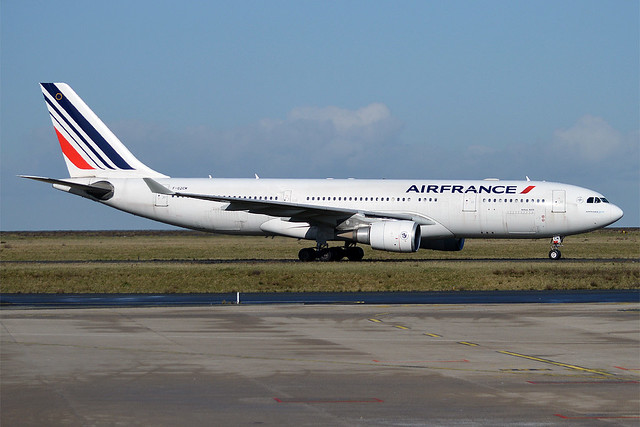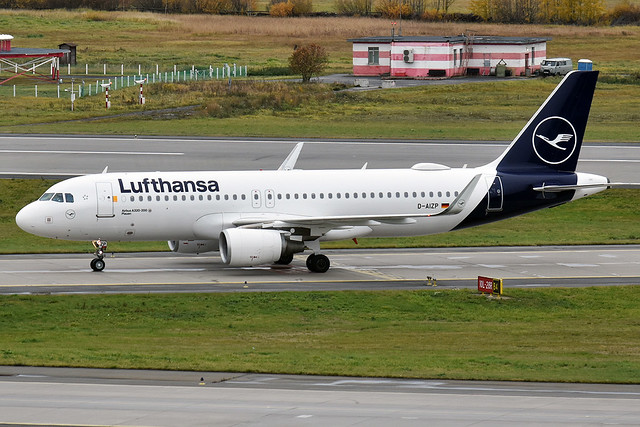Global Africa MD11 at Dubai on Jan 20th 2019, engine shut down in flight
Last Update: June 23, 2020 / 16:16:57 GMT/Zulu time
Incident Facts
Date of incident
Jan 20, 2019
Classification
Report
Flight number
Z5-3036
Departure
Dubai Al Maktoum, United Arab Emirates
Destination
Hanoi, Vietnam
Aircraft Registration
Z-GAA
Aircraft Type
McDonnell Douglas MD-11
ICAO Type Designator
MD11
Metallic debris was collected from the end of the runway 30.
The United Arab Emirates GCAA released their final report concluding the probable causes of the incident were:
- The Operator’s assessment of the likelihood of an outer duct segment failure as described in Service Bulletin SB PW4ENG 72-488, and the decision to omit the duct segment replacement during the 2011 engine shop visit.
- The compliance requirement of the FAA for the replacement of the suspect outer duct segments identified in Airworthiness Directive AD 2012-22-16, which was described as “at the next piece-part exposure”. This provided the option to operators to delay compliance with the Airworthiness Directive until the segment life-limits were reached.
The GCAA reported:
The Investigation conducted an on-wing boroscope inspection of the Accident engine in consultation with Pratt & Whitney and in accordance with Boeing MD-11 Aircraft Maintenance Manual chapter 72-00-06. The boroscope inspection was recorded and the footage was provided to Pratt & Whitney for analysis.
Pratt & Whitney identified a fragment of the outer transition duct segment resting on the 3rd stage low pressure turbine vanes, as depicted in figure 8, and concluded that the engine damage was most likely initiated by a failed outer transition duct segment.
The liberated duct segment initiated secondary damage to the 3rd stage low pressure turbine and, as a consequence, blades and vanes Figure 8. Outer transition duct fragment resting on 3rd stage low pressure turbine vanes of subsequent stages of the low pressure turbine were damaged and/or liberated.
The GCAA reported that the engine manufacturer had issued a service bulletin PW4ENG 72-488 on Oct 29th 1993 requiring "the identification and replacement of outer transition duct segments part numbers during the next low pressure turbine disassembly." On Aug 13th 2009 the category of the service bulletin was changed from 8 to 6 now reading: "Do when the subassembly (e.g. modules, accessories, components, build groups) is disassembled sufficiently to give access to the changed part and to all changed spare parts."
The requirements of the service bulletin were became mandatory through an airwortiness directive AD 2012-22-16 by the FAA released in 2012.
The GCAA analysed crew performance: "The cockpit voice recording and interviews with both flight crewmembers indicated adherence to the emergency procedures in the 17 minutes from takeoff to landing."
The GCAA analysed the engine failure:
The fragment found resting on the 3rd stage low pressure turbine vane was identified as a piece from the outer transition duct segment.
Engine records identified that the duct segments had not been replaced as per the 1993 Service Bulletin recommendations or the 2012 Airworthiness Directive mandated requirement, because at the time of the Incident, the transition duct had not reached its life-limit and, according to the Operator, was scheduled to be accessed in 672 cycles during the next scheduled engine shop visit.
The GCAA analysed the airworthiness directive:
Damage and failures of the outer transition duct segments had been documented since 1993 and resulted in Pratt & Whitney Service Bulletin SB PW4ENG 72-488. Airworthiness Directive AD 2012-22-16 followed in 2012, when 16 reports of damaged or failed duct segments were noted.
When the Airworthiness Directive was issued, the FAA estimated that 151 engines installed on US registered aircraft were affected. The Airworthiness Directive was issued to prevent failure of the transition duct segments, which could lead to “low pressure turbine damage, uncontained engine failure, and damage to the aircraft”. Operators were required to remove duct segments identified by the Airworthiness Directive at the next “piece-part exposure”.
At the time of the Incident, the replacement of the duct segments had been recommended 18 years previously with the initial issue of the Service Bulletin. When the Incident engine underwent a compressor overhaul in 2011, the Airworthiness Directive had not yet been published. Therefore, the replacement of the outer duct segments was not scheduled. When the Airworthiness Directive was issued in 2012, the compliance requirement permitted operation of the suspect outer duct segments until their original service life-limit of 15,000 cycles, unless the transition duct was accessed during an engine shop visit, thus negating the pro-active replacement of the effected duct segments as recommended by the engine manufacturer.
Incident Facts
Date of incident
Jan 20, 2019
Classification
Report
Flight number
Z5-3036
Departure
Dubai Al Maktoum, United Arab Emirates
Destination
Hanoi, Vietnam
Aircraft Registration
Z-GAA
Aircraft Type
McDonnell Douglas MD-11
ICAO Type Designator
MD11
This article is published under license from Avherald.com. © of text by Avherald.com.
Article source
You can read 2 more free articles without a subscription.
Subscribe now and continue reading without any limits!
Read unlimited articles and receive our daily update briefing. Gain better insights into what is happening in commercial aviation safety.
Send tip
Support AeroInside by sending a small tip amount.
Newest articles
France A332 near Munich on Jan 4th 2026, toxic fumes on board
An Air France Airbus A330-200, registration F-GZCM performing flight AF-565 from Beirut (Lebanon) to Paris Charles de Gaulle (France), was enroute at…
Lufthansa A320 at Cluj on Jan 4th 2026, bird strike
A Lufthansa Airbus A320-200, registration D-AIZP performing flight LH-1668 from Munich (Germany) to Cluj (Romania), was on final approach to Cluj's…
Subscribe today
Are you researching aviation incidents? Get access to AeroInside Insights, unlimited read access and receive the daily newsletter.
Pick your plan and subscribePartner

ELITE Simulation Solutions is a leading global provider of Flight Simulation Training Devices, IFR training software as well as flight controls and related services. Find out more.
SafetyScan Pro provides streamlined access to thousands of aviation accident reports. Tailored for your safety management efforts. Book your demo today
AeroInside Blog
Popular aircraft
Airbus A320Boeing 737-800
Boeing 737-800 MAX
Popular airlines
American AirlinesUnited
Delta
Air Canada
Lufthansa
British Airways




